-
This journey explores the Xinjiang, one of the most important part of the Silk Road, from visiting the famous Kashgar and Kucha, two largest Uigur and muslim community cities of Xinjiang, to drive into the Taklamakan, China's largest desert, and nearby Grotto of Thousand Buddhas, the earliest major Buddhist cave complex in China.
-
Kashgar
An oasis in the Taklamakan Desert, Kashgar is at the heart of Chinese Islam, where resides a large Muslim community (90% of the population being Uyghurs and only 2% of the population being Chinese Hans). As Kashgar was once the key trading post bridging the East and the West, one can also find some of the finest markets in Kashgar. In fact, Kashgar was globalised even before the word globalization was invented! Situated at the foot of the impressive Pamir Mountains, this ancient oasis city still retains the exotic feel of the Silk Road era.
Kucha or Kuqa
An ancient Buddhist kingdom located on the branch of the Silk Road that ran along the northern edge of the Taklamakan Desert in the Tarim Basin and south of the Muzat River.The inhabitants were Indo-European Tocharians, who migrated down from Anatolia (Turkey) and the Caucasus. Drawing on inspiration from Gandhara and Persia, Kuqan musicians and artists were very much the fashion in the cosmopolitan capital of Chang'an. Monks adhered to Hinayana Buddhism, in contrast to other Tarim basin towns and China proper, which adhered to the more complex Mahayana tradition. The trade caravans brought wealth to the city, which subsidized giant Buddhist monasteries here. Nowadays the city is divided in an old and a new, mainly Han-populated, part. In the old city you will find mosques, bazaars and enjoy its central Asian atmosphere which is very different to Chinese towns.
The Taklamakan Desert
China' s largest and second in the world. There is hardly any place in the world which is that far away from any ocean. As its rolling sand dunes stretch out over 3,376,000 square kilometers, Taklimakan is one of the eight biggest deserts of the world. The dunes may be up to 200 meters high and have almost no vegetation. The temperatures vary 20 to 30 degrees Celsius from day to night and although there are not many animals that can survive in this tough weather conditions, there is a great wild-life. So it is one of the last areas were wild camels can still be found.
Tianshan Canyon & the Poplar Trees
The dense forest of diversiform poplar and mulberry trees, bushes and streams can be seen by the Tarim river, which is part of the Tarim Euphrates Poplar National Nature Reserve. The poplar trees in the vicinity of the Tarim River are the oldest poplar trees in the world, emerging with the upheaval of the Qinghai-Tibet plateau. This kind of poplar tree has existed for more than 60 million years. They are living fossils that date back to the Tertiary period.
Kizil Thousand Buddha Grotto of Thousand Buddhas
It holds some of the most impressive Buddhist art in Central Asia and it dates back to the third century. The caves are said to be the earliest major Buddhist cave complex in China, at least 1000 square metres of wall paintings remain.
-
* Experience the Central Asian flair of the silk-road city Kucha and its Uigar & Muslim people and culture.
* Enjoy the impressing endlessness of the Taklamakan Desert, China' s largest and second in the world.
* Visit the earliest major Buddhist cave complex in China, at least 1000 square metres of wall paintings remain.
* Take a walk in the bottom of Tianshan Canyon featuring Danxia Landform.
* Appreciate the dense forest of diversiform poplar and mulberry trees, bushes and streams by the Tarim river.
-
Suggested Itinerary For a Private Custom-made Tour
Please note that this itinerary skips Turpan, as Kucha offers much more to see than Turpan. Kucha is more authentic and less visited by tourists. But if you still want to visit Turpan, then we can add one more day for you to visit Turpan in this itinerary.Day 1 : Fly into Urumqi / Kashgar
- Beijing/Shanghai Departure: Fly in the morning to Urumqi and connect flights to Kashgar in the afternoon.
Other locales: If you depart from other city of China, let us know your other locale and we arrange the tour for you to fly to Urumqi and Kashgar.
- Arrive in the late afternoon in Kashgar, an oasis in the Taklamakan Desert. Kashgar is at the heart of Chinese Islam, where resides a large Muslim community (90% of the population being Uyghurs and only 2% of the population being Chinese Hans). As Kashgar was once the key trading post bridging the East and the West, one can also find some of the finest markets in Kashgar. In fact, Kashgar was globalised even before the word globalization was invented! Situated at the foot of the impressive Pamir Mountains, this ancient oasis city still retains the exotic feel of the Silk Road era.
- Check in the hotel and free time for you to explore the old town of Kashgar.
- Feel free to walk around the lake where everything is illuminated at night, giving a modern feel to this ancient Uighur city.
- Stay overnight in Kashgar.
Day 2: Kashgar
- Visit the exciting Animal Market (live cattle, sheep, etc.), where farmers from all over the region barter and bargain for goats, cows and donkeys. Discover how the Uyghur people negotiate (hint: it’s all in a handshake) amidst the "mooing" and the braying. (note: this is not the Sunday animal market where most tourists visit, but it has the very same scene and less tourists)
- Walk along the bustling street till you arrive in the main square and see the Id Kah Mosque, the largest mosque in China. It attracts more than 10,000 worshippers for Friday prayers.
- Visit a local Uyghur family in the old town. Learn about the intricate Uyghur architecture within the old town as well as the unique customs of receiving guests at the Uyghur home.
- Dine in a this Uyghur family featuring their delicacies such as homemade yoghurt, kebab and succulent seasonal fruits.
- Stay another night in Kashgar.
- Discover the local nightlife at the night market and the square at Id Kah mosque where everyone watches TV in open air.
Day 3: Kashgar / Kucha
- Shop around at the massive International Bazaar, a lively and colourful market, where farmers and merchants gather from the far corners of the region. Here, you can find some of the Silk Road's most interesting souvenirs, from handmade leather boots, embroidered caps, and ornate knives to traditional musical instruments as well as bags of fresh spices, dried fruits and nuts.
- Free time for you to explore Kashgar. Feel the effect of the time difference with Beijing or Shanghai by observing the locals start the day at their own pace in the morning, despite local banks and administration catering to the Capital' s rhythm. (Note: Xinjiang is 2 hours behind Beijing Time).
- Take the air-conditioned soft-sleeper train to Kuqa (13:50 - 22:29).
- Stay overnight in the quaint oasis town Kuqa, which was once the home of an ancient Buddhist Kingdom in the Tarim Basin named Kucha.
- In the Chinese classical novel "Journey to the West, Kuqa was featured as the Kingdom of Women, where the Buddhist monk Xuan Zang and his three disciples passed by on their way to the "Western Regions" to obtain sacred Buddhist texts (sūtras) during the Tang dynasty.
Day 4: Kucha (Grand Canyon & thousand Buddha Grotto)
- Drive 70 km to visit the Tianshan Grand Canyon featuring Danxia landforms. Along the way, admire the diversified geological landforms as well as the effects of natural erosion. Known as the “Red Cliffs” in the Uighur language, the Tianshan Grand Canyon is situated at 1600m sea level with the highest peak reaching 2048m. More impressive is the fact that the Canyon meanders along a distance covering more than 5 km!
- Visit the huge Kizil Thousand Buddha Grotto Temples, which holds some of the most impressive Buddhist art in Central Asia.
Dating back to the 3rd century AD, it comprises of a set of 236 Buddhist rock-cut caves said to be the earliest major Buddhist cave complex in China. Although the site has been both damaged and looted, at least 1000 square metres of wall paintings remain. - Stay overnight in Kuqa.
Day 5: Kucha (Taklamakan desert and poplar trees)
- Drive 2.5-3 hours to the Taklamakan Desert: the largest desert in China as well as the second largest desert in the world. Step upon the steamy hot sand of the vast desert.
- Take a walk into the dense forest of diversiform poplar and mulberry trees, bushes and streams by the Tarim River, all of which is part of the Tarim Euphrates Poplar National Nature Reserve.
The poplar trees in the vicinity of the Tarim River are the oldest poplar trees in the world, emerging with the upheaval of the Qinghai-Tibet plateau. This kind of poplar tree has existed for more than 60 million years. They are living fossils that date back to the Tertiary period (referring to the geologic period 65 million to 2.6 million years ago). - Drive back to Kucha and stay another night.
Day 6: Kucha / Urumqi / Fly out
- Walk around the old town of Kuqa, and see the old city wall, mosque and local residents. The mosque houses the last remaining building of an Islamic Court in China. Discover the different “torture” instruments used to punish offenders of the Islamic law in the past.
- Lunch and fly to Urumqi and connect flights to fly out in the afternoon (around 14:00 – 21:30)
- Urumqi - Beijing (arrival around 21:30 pm)
Urumqi - Shanghai Hongqiao (arrival around 22:00pm)
- Please note that the flights or timing of flights mentioned in the above itinerary may change subject to ticket availability and airline scheduling. Alternative hotels of similar standards will be used if any of the hotels mentioned in the itinerary is unable to provide enough accommodation.
- Beijing/Shanghai Departure: Fly in the morning to Urumqi and connect flights to Kashgar in the afternoon.
-
CCC Travel does not offer regular set packages for this tour. However we are happy to help you plan a private custom-made one. Please scroll this web page down to check non-negotiable fixed prices and propose a date for your own group. Please note that we do not create a private tour and then make it available for individual people to join. We also do not contact other people to add to a group tour. Similarly, we can create custom-made private journeys for you and your family or friends or co-workers at set-prices.

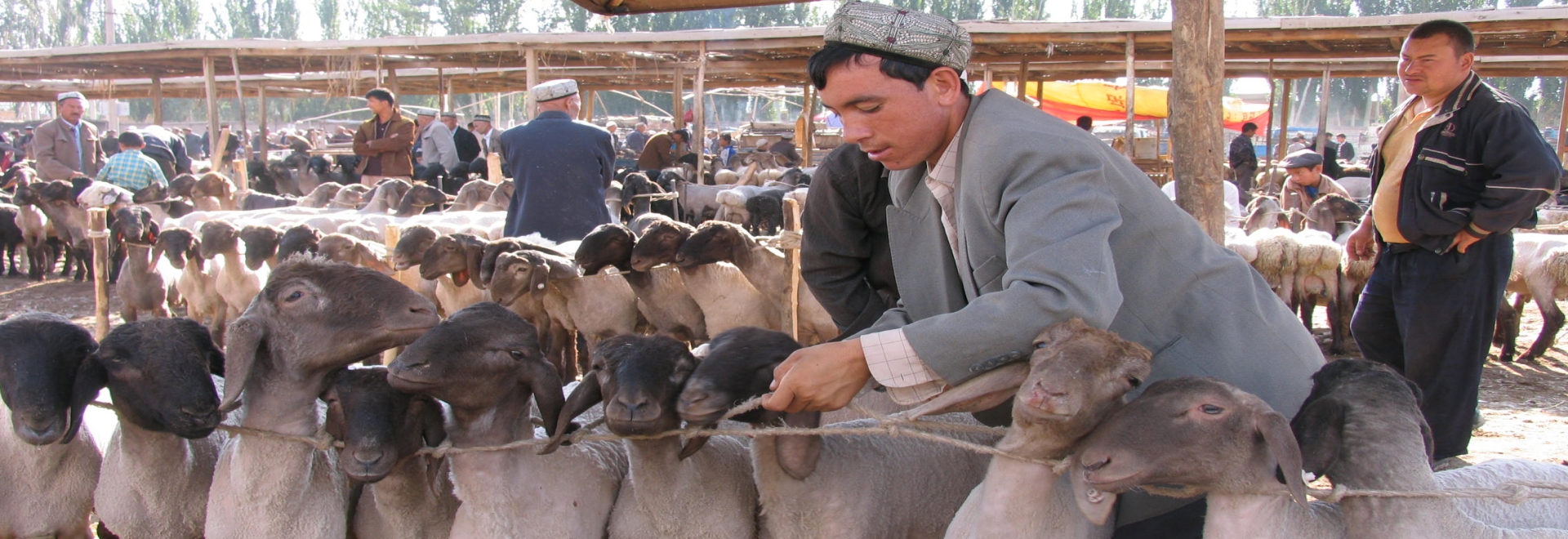
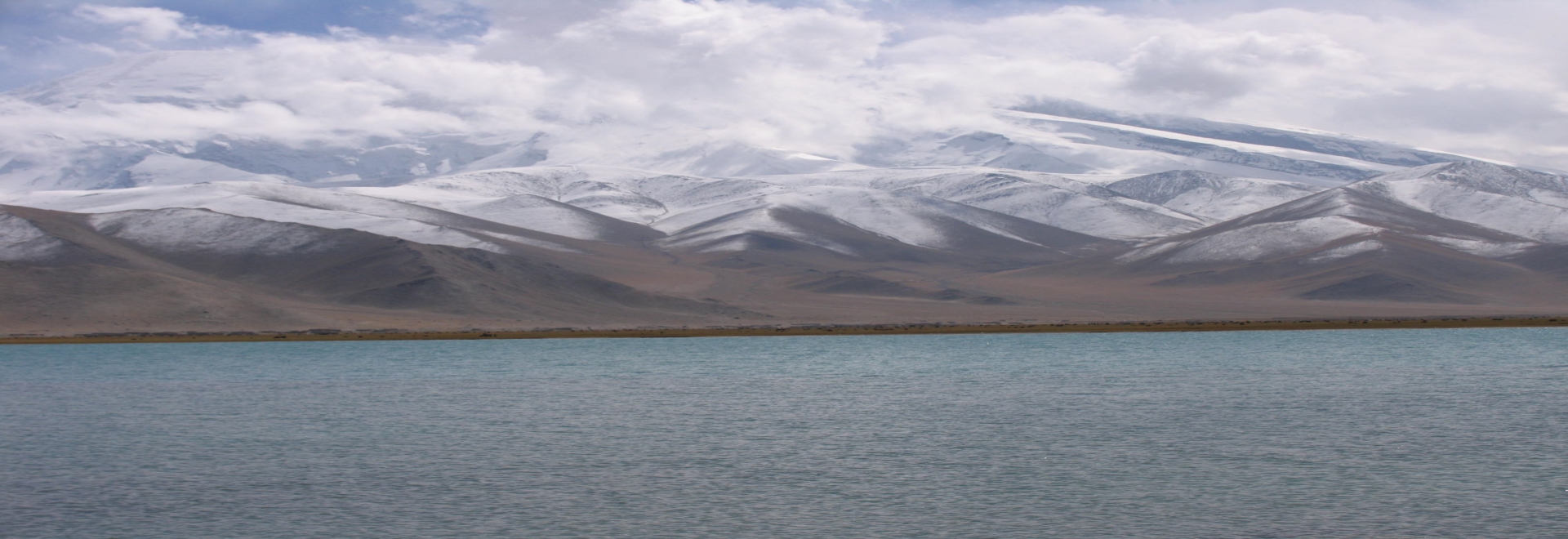
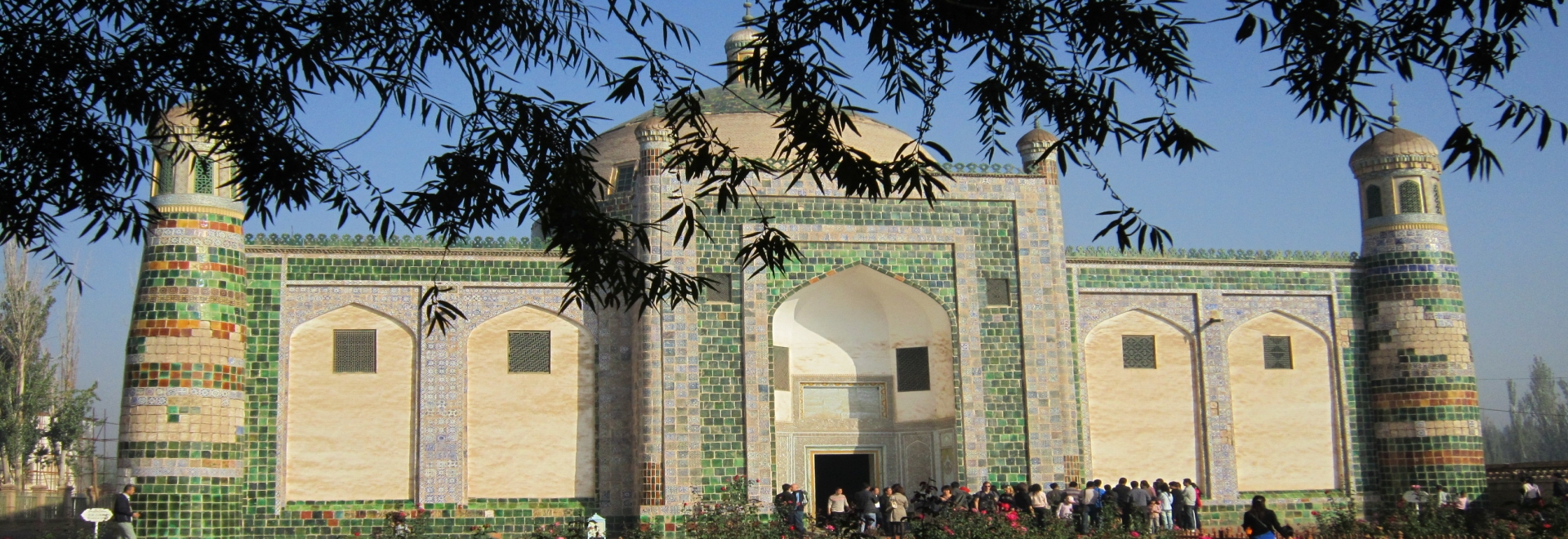
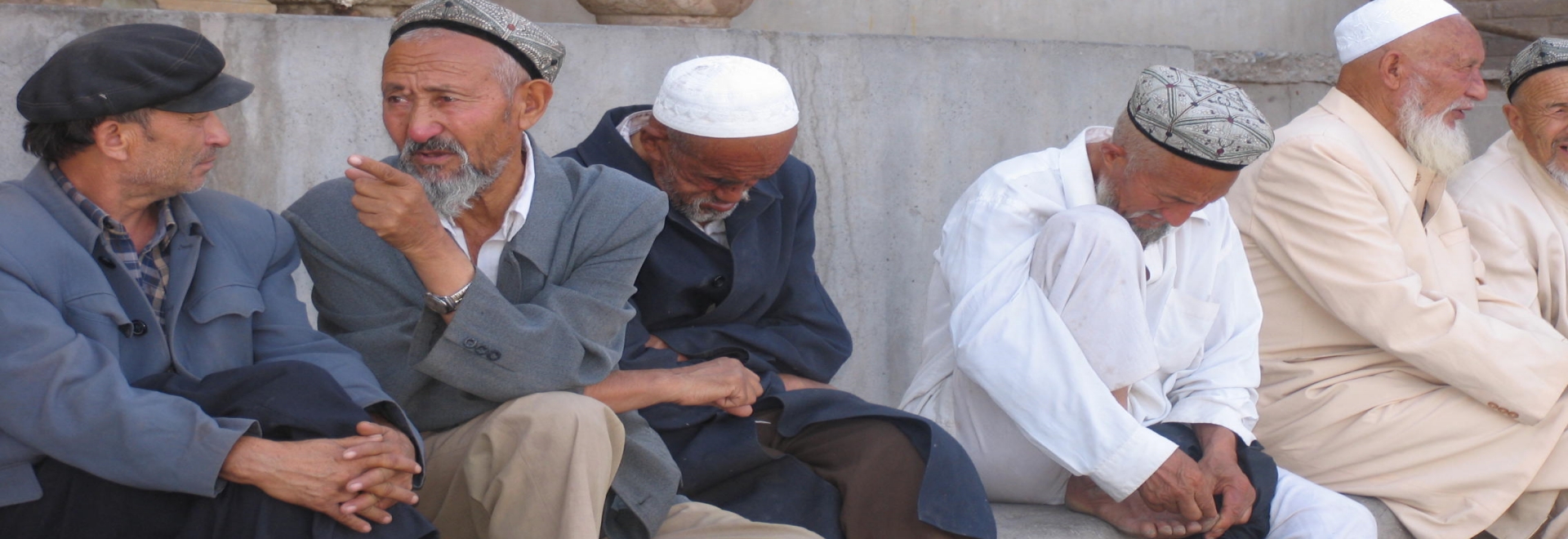
 BOOK IT
BOOK IT ENQUIRY
ENQUIRY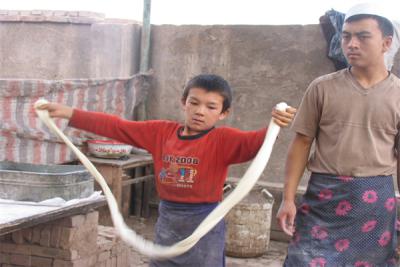
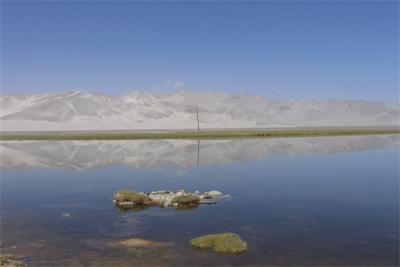
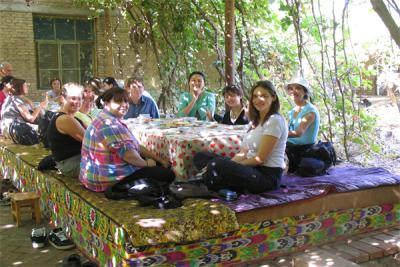
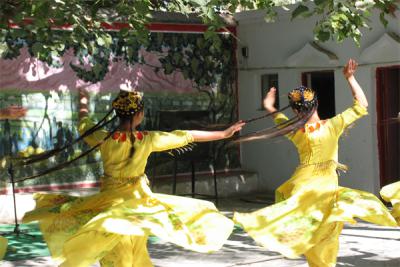
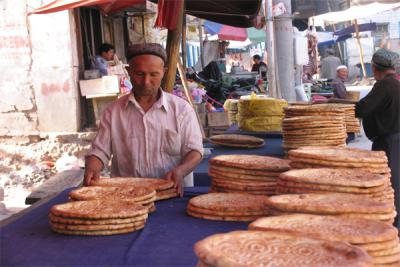
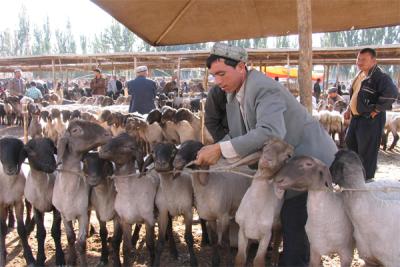
 The Silk Road (Dunhuang, Kashgar & Kazakh)
The Silk Road (Dunhuang, Kashgar & Kazakh) In-depth Silk Road Journey (Xinjiang's Kashgar, Kucha and Takalamakan Desert)
In-depth Silk Road Journey (Xinjiang's Kashgar, Kucha and Takalamakan Desert)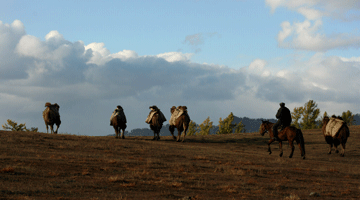 North Xinjiang's Kanas Lake,Hemu Village & Narati Grassland
North Xinjiang's Kanas Lake,Hemu Village & Narati Grassland  Explore Xinjiang (from Turpan, Kashgar to Tajikistan Highland)
Explore Xinjiang (from Turpan, Kashgar to Tajikistan Highland)



